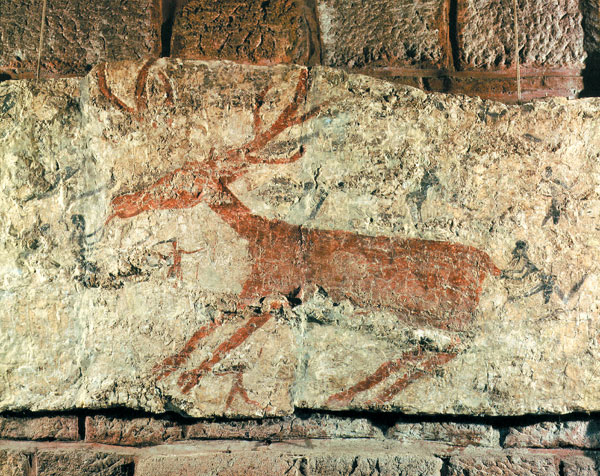Discovering Catalhoyuk
While searching for the origins of the mysterious Sea Peoples, the flamboyant British archaeologist James Mellaart found the world’s largest Stone Age city.

Late in the afternoon of November 10, 1958, a green Land Rover lurched down a narrow dirt road in south-central Turkey, about 30 miles southeast of the city of Konya. Three British archaeologists were packed inside. A frigid wind gusted from the south, blowing swirls of cold dust over the surrounding wheat fields. The Land Rover pulled up to the edge of a massive hill that stood out prominently on the flat plain. The archaeologists already suspected that this was no ordinary hill. The crunch of the tires went silent, and the three men climbed out to have a closer look.
The leader of the group was James Mellaart, 33 years old, pudgy, round-faced, his eyes darting to and fro excitedly behind dark-rimmed glasses. Mellaart lit a cigarette and stared out at the mound. The motor of a tractor droned in the distance. A flock of gray-throated Great Bustards circled overhead, their wings swishing in the air. At Mellaart’s side, buttoning his coat against the cold, stood David French. Mellaart and French were visiting scholars at the British Institute of Archaeology in Ankara (BIAA). Both men specialized in Anatolian prehistory—that is, everything that happened to humanity before the invention of writing some 5,000 years ago.
Already a library member? Log in here.
Institution user? Log in with your IP address.

